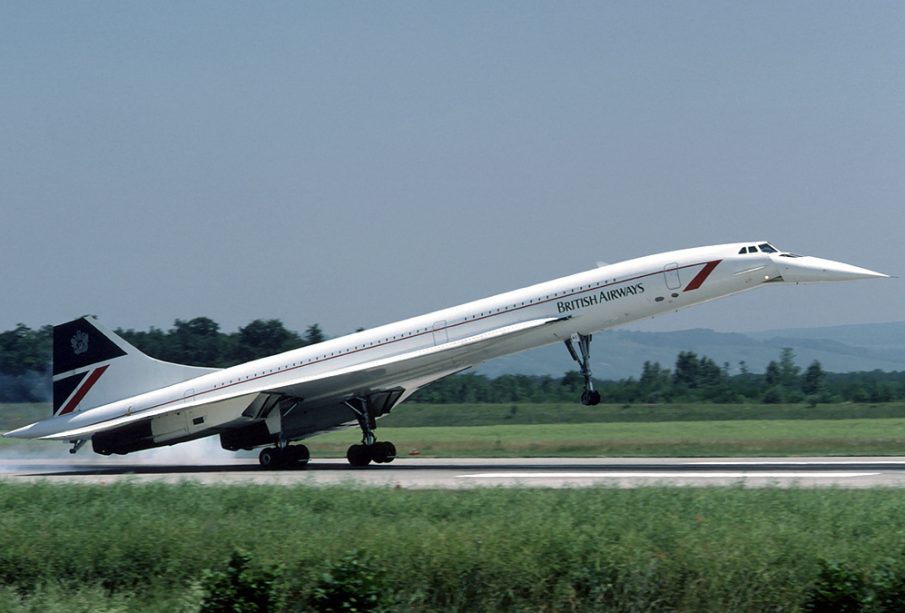Exploring the Legacy of Concorde: The Supersonic Passenger Jet

Introduction
The Concorde, a remarkable feat of engineering and design, revolutionised air travel in the late 20th century. Known for its ability to soar at speeds over twice the speed of sound, this aircraft captured the imagination of the public and set new standards for luxury in flight. The importance of Concorde lies not only in its technological prowess but also in its cultural impact, representing an era of innovation in aviation.
The Journey of Concorde: A Brief History
First introduced in 1969, Concorde was developed through a joint effort between the British and French governments. With a capacity to carry 92 to 128 passengers, it primarily operated transatlantic flights between London and New York, cutting flight times significantly. The aircraft, which was capable of cruising at an altitude of 60,000 feet, provided a unique flying experience that included exquisite service and luxurious amenities.
Despite its advanced technology and popularity among the wealthy, Concorde’s operational years were marred by challenges. The catastrophic Air France Flight 4590 crash in 2000 led to the grounding of the fleet, significantly impacting public perception and leading to the eventual retirement of the aircraft in 2003 after 27 years of service.
Recent Developments and Future Prospects
In recent years, the legacy of Concorde has inspired a resurgence of interest in supersonic travel. Companies like Boom Supersonic are working to develop new jetliners that resemble the golden age of Concorde while addressing modern concerns over noise and environmental sustainability. These developments have the potential to reintroduce faster-than-sound commercial travel, effectively bringing back an era that many thought was lost forever.
Conclusion
The Concorde remains a symbol of aeronautical achievement and vying aspirations for speed. While operational flights are a thing of the past, its influence persists in contemporary aviation discussions, inspiring new technologies and the quest for greener flights. As emerging companies prepare to develop a new generation of supersonic jets, the essence of Concorde lives on, reminding us of the possibilities that innovation and ambition can achieve in air travel.








